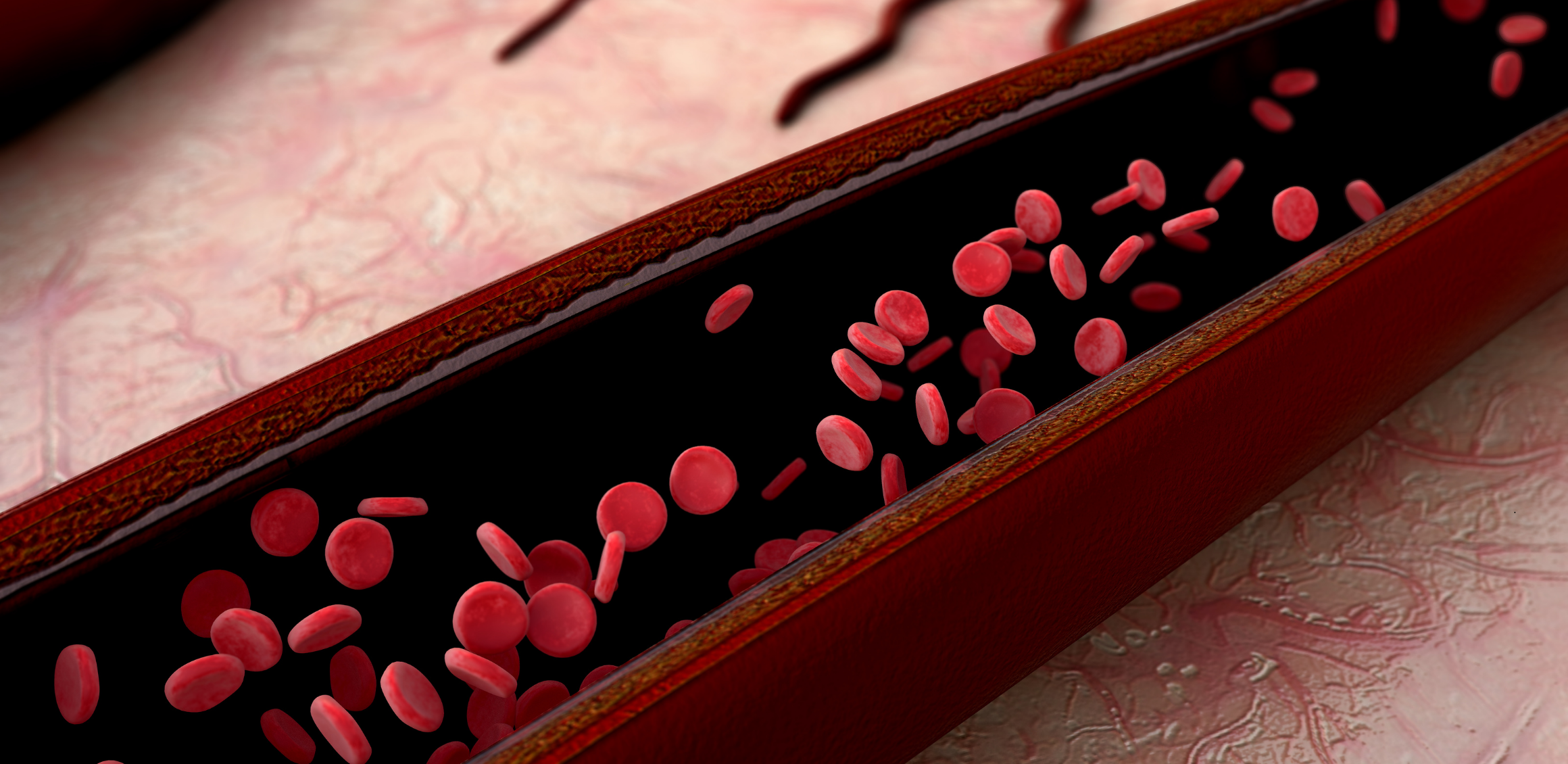
Pseudoaneurysm
Pseudoaneurysm is a condition that occurs as a result of a tear in the wall of a blood vessel, leading to a collection of blood outside the vessel.
Pseudoaneurysm
Pseudoaneurysm is a condition that occurs as a result of a tear in the wall of a blood vessel, leading to a collection of blood outside the vessel. Unlike true aneurysms, pseudoaneurysms arise from damage to tissues surrounding the vessel rather than the vessel wall itself.
Pseudoaneurysms can develop due to trauma, surgical procedures, needle injections, or arterial interventions. These situations typically involve injury to an artery, causing blood to accumulate outside the vessel. Pseudoaneurysms can occur in large arteries such as the aorta or in peripheral arteries like the femoral artery.
Symptoms of pseudoaneurysm vary depending on the location and size of the vessel injury. Symptoms may include pain, swelling, tenderness, bruising, or a pulsatile mass at the site of the damaged vessel. In some cases, pseudoaneurysms may resolve spontaneously, while in others, surgical intervention may be necessary.
Diagnosis is usually made using imaging tests such as ultrasound or computed tomography (CT). Treatment of pseudoaneurysm depends on the severity of the condition, symptoms, and the patient’s overall health. Small pseudoaneurysms may be managed with observation, whereas large or symptomatic pseudoaneurysms may require surgical correction. Surgical interventions often involve procedures such as ligation of the aneurysm neck or embolization performed through endovascular techniques.
